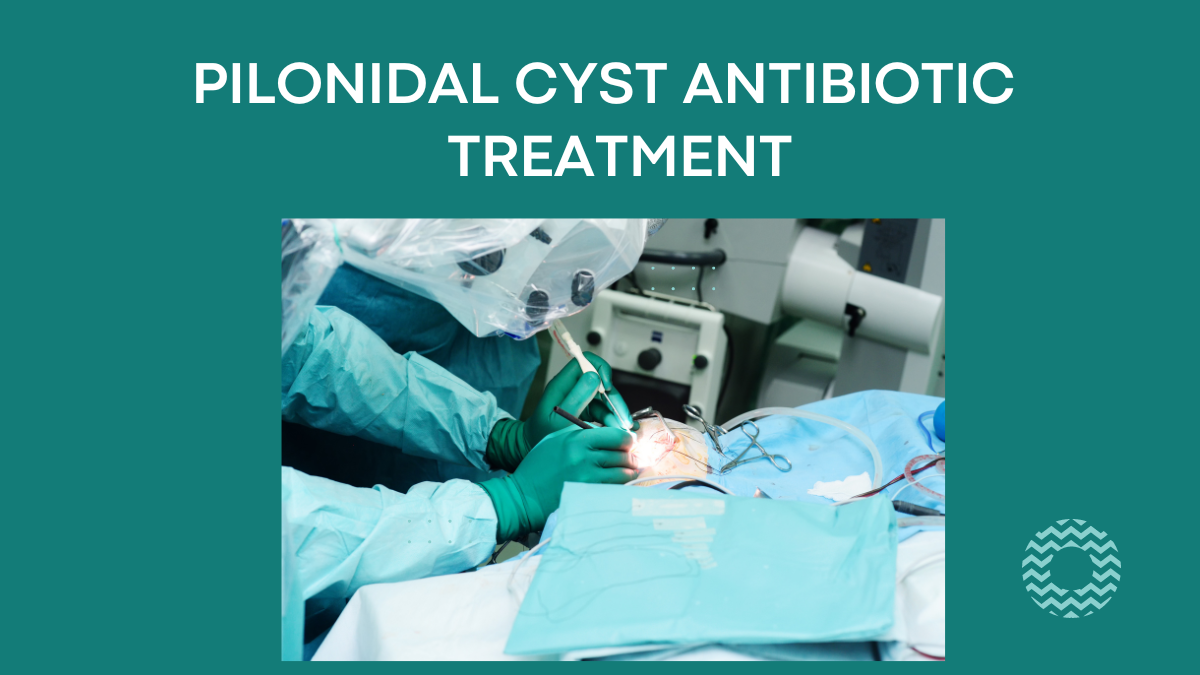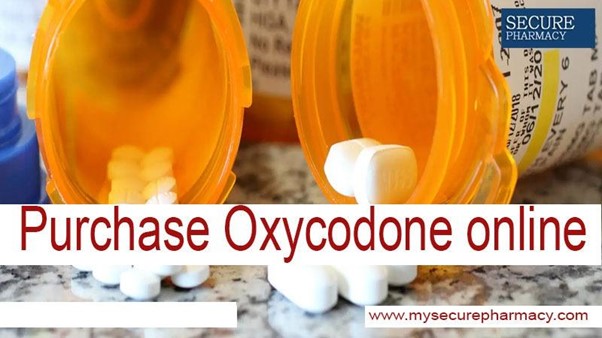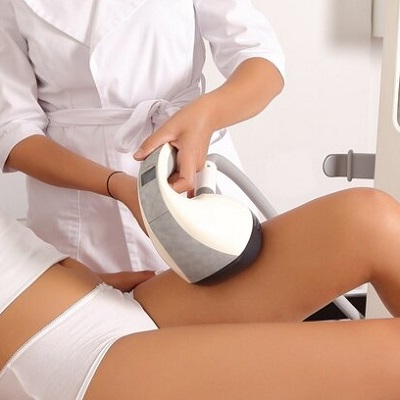Pilonidal cysts, typically known as pilonidal sinus, is an unnatural growth of skin at the tailbone or near the tailbone. Usually, they contain hair and skin as they are caused when the ingrown hair continues to grow beneath the skin. Pain, discomfort, irritation, redness, fever, and bad-smelling pus are some of the common symptoms of pilonidal cysts. Moreover, they often occur in people who have excessive hair around their tailbone, sit for long periods, and sweat excessively. In short, anything that puts excessive pressure on the tailbone is likely to develop a pilonidal cyst.
Sometimes, pilonidal cysts can be mild or severe and people tend to leave a mild pilonidal cyst without treatment. Leaving a pilonidal cyst alone can become chronic and may cause severe complications to your health later on. A chronic pilonidal cyst can cause abscesses, sinus cavities, and even skin cancer (squamous cell carcinoma). Therefore, you should treat a pilonidal cyst as early as possible. Several treatment options are available for treating a pilonidal cyst. Out of these options, pilonidal cysts antibiotic treatment works best in treating a mild pilonidal cyst.
Types of pilonidal cyst antibiotic treatment
As mentioned earlier, pilonidal cysts antibiotic treatment is effective and works the best in treating a mild pilonidal cyst. They help in cleaning up the infection and also prevent infection from spreading further. Make sure you use only the prescribed antibiotic drugs because self-medication can irritate your cyst further. Some of the most commonly used pilonidal cyst antibiotic treatments are as follows:
1) Metronidazole
Metronidazole is one of the most commonly used antibiotic drugs. It helps in cleaning up the abscesses and also decreases the bacteria and protozoa growth in the cyst. This antibiotic drug can be taken either orally or topically or even in intravenous form.
2) Flucloxacillin
Flucloxacillin antibiotic drug is a type of penicillin that helps clean up an infection that is caused by a pilonidal cyst. However, you should not take flucloxacillin drug if are allergic to penicillin.
3) Erythromycin
Erythromycin antibiotic drugs help destroy the bacteria and reduce the bacteria’s growth. This drug can be taken either topically, orally, or intravenously. For effective results, make sure you take erythromycin antibiotic drugs before meals.
4) Clarithromycin
Clarithromycin antibiotic drugs help prevent bacteria from multiplying. This drug is mostly used by people with penicillin allergy. Therefore, you can use clarithromycin antibiotic drugs in place of flucloxacillin antibiotic drugs.
5) Clindamycin
Similarly, clindamycin antibiotic drugs are also used by people who have penicillin allergy. This drug helps reduce the bacteria’s growth and also prevents infection from multiplying. You can take clindamycin drugs either in oral or topical form.
Prevention of pilonidal cyst
Prevention of a pilonidal cyst is better than curing a pilonidal cyst. So, the following are some of the easy steps that will help prevent a pilonidal cyst:
- Try washing and drying your buttocks regularly to keep the area clean and dry.
- If you are currently obese, try losing some weight to lower the risk of pilonidal cysts.
- Do not sit for long hours to keep the pressure off from your buttock area.
- If you have excessive hair around your buttock, try shaving it regularly. You can also use hair removal products.





